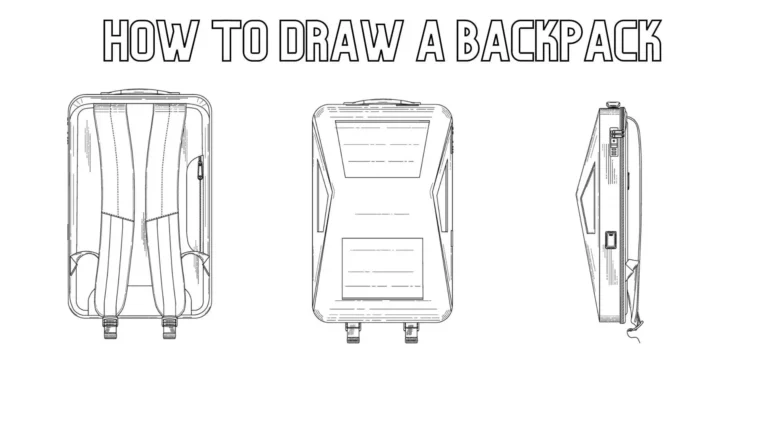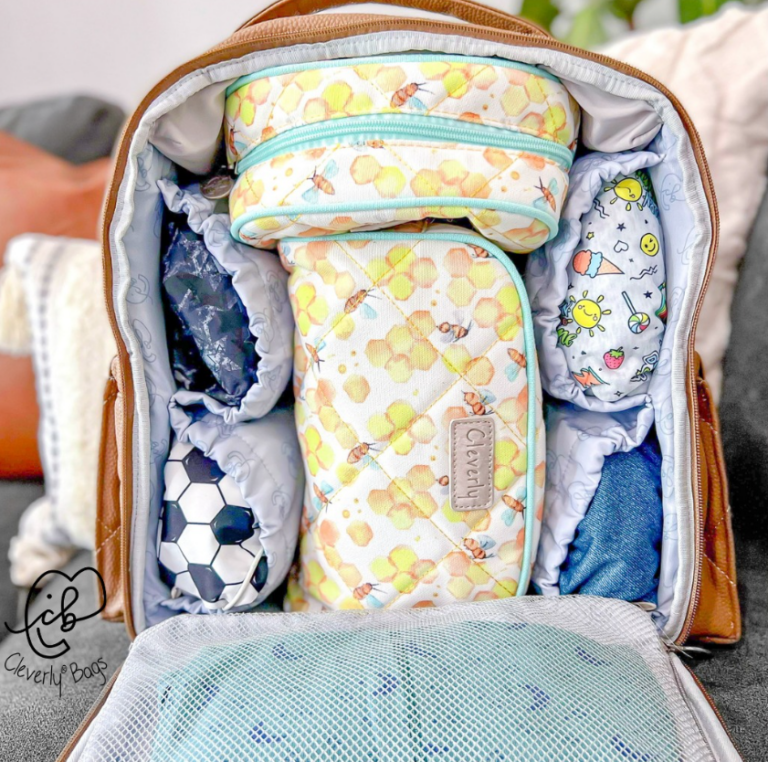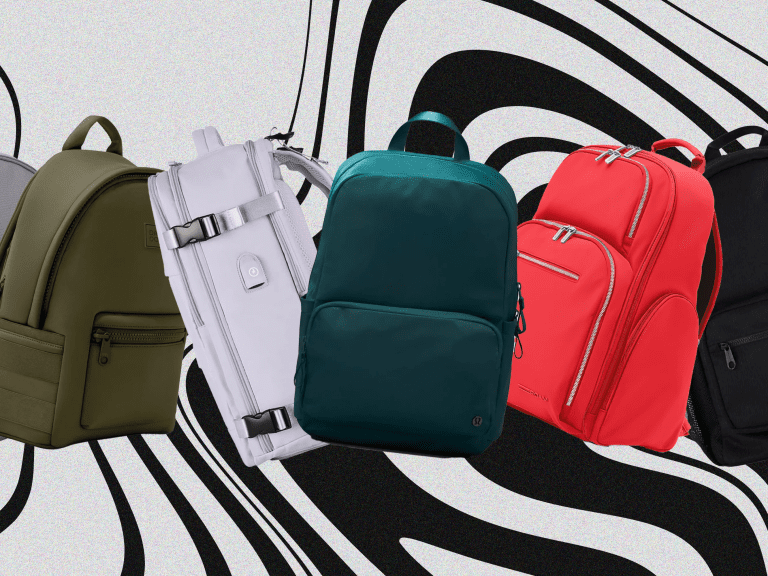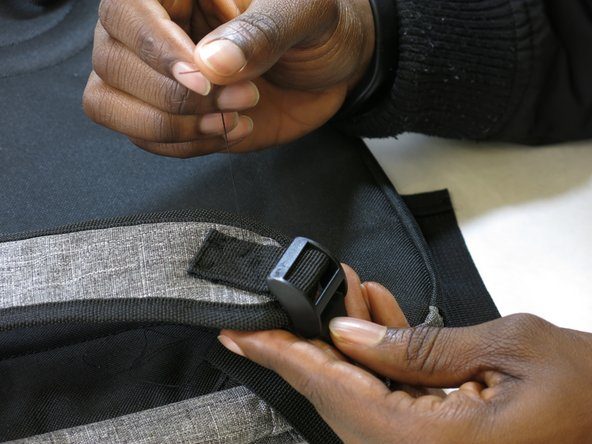How to Store Backpacks, 7 Effective Ways

Whether it’s a travel backpack or a simple daypack, properly storing backpacks is critical for long-term use. Don’t worry if you’re not the best at arranging your belongings; we’ve got your back.
In this piece, we’ll go through the 7 most effective tips for properly storing backpacks.
First, wash your bag and stuff it with fillers to give it shape.
Of course, you must select the appropriate backpack storage space based on the items you intend to store in it.
Finally, correctly organizing backpacks is essential for getting started as quickly as possible. Let’s get started with some innovative backpack storage ideas.
How to Store Backpacks in 7 Effective Ways

Whether you use your backpack daily, weekly, or perhaps once a year, you must prepare it before storing it.
Proper storage requires three critical steps: planning, selecting a storage area, and organizing the backpacks.
Continue reading to learn about the various stages of how to store backpacks.
Backpack Preparation for Safe Storage
This is most likely the most crucial stage in long-term backpack storage. Follow all of the tips listed below to keep your bags in good condition and prevent mould and other contaminants.

Tip 1: First, clean and dry your backpack
When you take your backpack outside, it will constantly have dust and filth on it.
Cleaning and properly drying your backpack before storing it is therefore critical to avoid uneven wear and the growth of mould and mildew.
Here’s how to wash your bag backpack quickly:
Step 1
Remove all of the contents of the backpack and shake away any loose trash or dirt. Scrub away any dirt or stains on the backpack’s exterior with a soft-bristled brush or a moist cloth.
Step 2
Fill a large sink or bathtub halfway with clean rinse water, then add a little amount of mild detergent or knapsack cleaner. Avoid using bleach or strong chemicals that might cause fabric damage.
Make sure the detergent or cleaner is dispersed evenly by submerging the backpack in soapy water and gently stirring it. Give it around 30 minutes to soak.
Drain the soapy water and replace it with clean, chilled water in the sink or tub. Finally, thoroughly rinse the backpack to remove any traces of detergent.
Step 3
Hang the backpack to dry entirely in a well-ventilated area away from direct sunshine or heat sources after washing. To absorb moisture, place desiccant sachets, such as silica-filled packets, inside the bag.
Also, Read How Many Books Can You Put in an Empty Backpack?
Tip 2: Include Paper Fillers
Adding fillers to the backpack before storing it helps it keep its shape. Only air-filled packaging will degrade over time. If you use the bag daily, you can skip this step.
Fillers are required for long-term storage because they distribute weight uniformly throughout the backpack, decreasing stress on the straps and zippers.
Packing paper and cardboard are the most widely utilized materials for backpack storage, however, clothing items such as t-shirts, socks, or towels can also be employed.
Tip 3: Protect the Backpack
If you leave your backpacks out in the open, they will collect dust. Indoor storage may also encourage mould and mildew. The backpack will be protected from dust, moisture, mildew, and other potential harm if it is covered.
If you frequently use the backpack, a simple dust bag would suffice.
A large plastic bag or a backpack cover might also be used.
Whatever you choose, make sure the cover is large enough to completely wrap the backpack and that it is well sealed to keep dust and moisture out.
Find the Perfect Storage Space
A standard wall hanger is an excellent storage solution for small bags. Hooks, however, will not suffice if you have a huge bag that takes up a lot of wall space.
Fortunately, we have some terrific storage solutions for bags based on their size and purpose. Let’s look at some backpack storage ideas.
Tip 4: Use a Storage Rack to Save Space
The most basic storage racks include many hooks or pegs where bags can be hung. A typical 4-peg rack is generally used to save space and raise the bag to protect it from dangerous rats.
It’s a very clean and reasonably priced solution for handy storage. Choose a storage rack to keep smaller backpacks that you use frequently.
Tip 5: Floating Shelf for Hanging Bags
Do you want something more large and sophisticated? Floating shelves are an excellent storage option for bags, clothing, phones, keys, gloves, and other items.
You can store your belongings on several shelves and pegs here.
Storage racks are often built of sturdy wood. The material, colour, and size of the rack can all be modified to meet your specific requirements. You may also put them wherever in your house for quick access to your backpack.
Tip 6: Use a Wire Rack to Hang Backpacks
This sort of storage unit is formed of sturdy metal wires and is used to organize and store various objects.
If you have a large backpack and heavy sports equipment, the wire rack is an excellent solution.
Its robust design allows it to hold a wide range of equipment, from basketballs to rock climbing supplies.
The open shape of wire racks promotes improved air circulation, which is critical if your room is humid. Another advantage of the open design is that it is simple to see what goods are stored on the rack.
As a result, finding what you’re looking for is made considerably simpler.
Wire racks usually include several shelves and hooks for storing luggage, clothing, sports equipment, and other objects.
Tip 7: Cubby for Larger Backpacks
One significant disadvantage of open racks and hooks is that anyone visiting your home can see them. Hanging bags might sometimes look cluttered in a small space. In this instance, storage cubbies can be your ultimate storage option.
They do, however, provide a lot of space.
You can keep your backpack, office and school supplies, coat, shoes, books, toys, golf sticks, and other equipment in them.
Bench cubbies are a popular choice for backpack storage since they provide plenty of space as well as a comfy tufted seat.
Cubbies can also be used as a decorative element in your home. You can create a visually appealing storage solution by selecting a colour or design that complements your room’s décor.
Also, Read How to Sew Backpacks
Bottom Line
So you now know how to properly store and arrange backpacks. Make sure you thoroughly clean your bag to remove all dust and debris.
Choose a strong rack with numerous hooks to properly store your backpack.
You may also use your closet to get a neat appearance. To ensure that everything fits comfortably, categorise your possessions and utilize packing pockets to organize backpacks.






